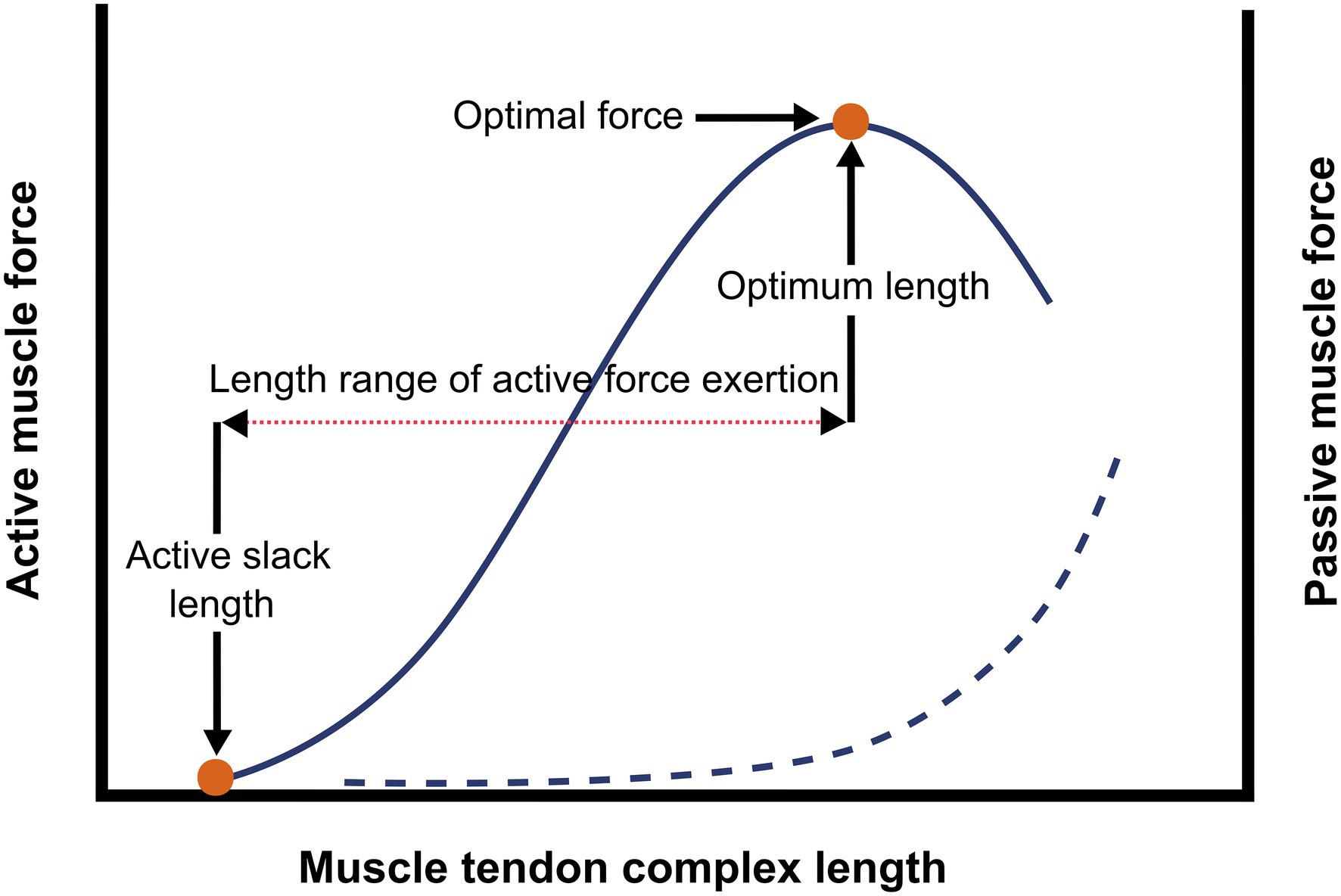
Mobile optimization can be achieved using the same SEO strategies that you use on desktop computers. For search engine optimization, it is important to include the most relevant keywords in both your title tag (meta description) and your title tag (title tag). You should also include a brief call-to action (CTA), in your meta descriptions to encourage clicks. Your site's content should include relevant keywords and emojis to grab their attention.
User-friendly content
A few extra steps are required to optimize your website so that it is mobile-friendly. The first step is to make sure your website mobile-friendly. Avoid crawl errors and concentrate on the user-experience. Adobe Flash is not supported by many mobile devices so make sure you remove it from your website. Clear and simple navigation is important, so make sure you have large tap targets. Make sure your text is big enough to read, and use a legible font. Mobile users have different search intentions than desktop users so your content must be optimized for them.
Page speed
A mobile experience is very different from a desktop. Users will seek out information that is immediately available, so a slow website can lead to a bounce. It is therefore important to optimize your mobile site speed. Google PageSpeed Insights allows you to test your page's speed on different devices. Mobile-friendly websites are easier to load and more likely to convert.

Canonical tags
Canonical tags often make duplicate content worse. The redirect URL is the actual target and should not contain duplicate or similar content. Some SEOs incorrectly pass link signals through canonical tag, which is not the best method. Find out how canonical Tags are used in mobile SEO strategies.
Relevant keywords
Local keywords are vital to any SEO strategy for mobile websites. They will improve your website’s local ranking. Select your location and choose the language to get a list with relevant keywords. Be aware that local search volume is different from location to location. Make sure you are targeting the right keywords for your location.
Google SERPs: Featured snippets
Featured snippets are content that appears at the top of search engine results pages (SERPs). They provide the best possible answers for users' questions. These snippets often contain content from top-ranking sites, making them ideal for reducing clicks. A featured snippet can be a great way for your website to get started in SEO.

FAQ
What is an SEO campaign?
Content is an essential component of any website. Your site won't rank well enough in search results if it doesn't contain relevant and useful information.
SEO campaigns improve your website through the acquisition of links from other websites that point to it. It also includes social marketing optimization. This refers to using Twitter, Facebook or LinkedIn to drive traffic to your site and increase brand recognition.
These will increase your website's visibility and help you rank higher in search engines. SEO campaigns focus on building quality backlinks to your site in order for Google to recognize your website's value.
How do I get started with SEO?
SEO is possible in many ways. You must first identify which keywords you would like to rank. This is known "keyword search." Next, you'll need to optimize each website page for those keywords.
Optimization is the process of adding relevant titles and descriptions to your site, creating unique URLs and linking other websites. After optimization has been completed, you'll need to submit your website to search engines like Google, Yahoo!, and Bing.
You will also need to keep track over time of your progress to determine whether you are succeeding.
What is an SEO strategy?
SEO strategy is essential to ensure you are not missing any opportunities for your business to grow. No one will ever find your great content, even if you rank higher in search engine results.
SEO strategies can help you develop relationships with experts in your industry and influencers. You can gain new techniques and strategies from them by tapping into their connections and learning from them.
Why SEO strategy is essential?
Search engine optimization (SEO), which aims to increase traffic to your site through the use of Google to help people find you, is the primary goal.
Search engines like Google!, Yahoo!, Bing!, and others save information about websites using servers called "crawlers," that send this data back into the company’s central database. This allows them to index web pages and make search results.
People will click on your links and visit your pages if you appear high in the results. Therefore, you won't be found if you are not visible in these searches.
The most effective way to ensure your site gets noticed is to rank highly in all the major search engines. This can be achieved using one of two methods: paid advertising, or natural organic linking.
Paid Advertising: Paid advertising means that adverts are purchased from companies that pay-per-click to be displayed above other sites on search results. These ads could include banner ads and text ads as well as pop-ups and e-commerce widgets.
Natural Organic Links: These are links where you have created a great site over time, and gained trust from your industry. Link building takes place naturally. This can be done through blogging, guest post, commenting, linking, and many other activities.
You need to continue investing in both marketing forms in order to be competitive.
Statistics
- A 62.60% organic traffic boost to that page: (backlinko.com)
- Sean isn't alone… Blogger James Pearson recently axed hundreds of blog posts from his site… and his organic traffic increased by 30%: (backlinko.com)
- : You might have read about the time that I used The Content Relaunch to boost my organic traffic by 260.7%: (backlinko.com)
- 93%of online experiences today begin on search engines. (marketinginsidergroup.com)
- If two people in 10 clicks go to your site as a result, that is a 20% CTR. (semrush.com)
External Links
How To
What you should know about duplicate content, SEO and other topics
Search engines and webmasters both face the problem of duplicate content. There are two types. When multiple pages on a website contain the same content, it is called an internal duplicate. External duplicates occur when pages contain similar information to other URLs.
Internal duplication is when multiple pages contain similar text or images. This happens due to poor copywriting skills. Poor copywriting means you're not creating unique content for each webpage. If you do this you will create internal duplicates.
External duplication occurs when a single page contains similar information to other URLs. External duplication is when a page contains similar information to other URLs. For example, if you have both a product page listing all your products and a category pages listing all those products, then you've got external duplication.
Google doesn't penalize websites for having duplicate content. It does, however, penalize websites who try to manipulate its algorithm in order to rank higher. Duplicate content on your website? Make sure it's not manipulative.
The most common way to manipulate Google's algorithm is through link building. Link building involves creating hyperlinks between your website (and other websites). These links may appear unnatural, and Google might devalue your website.
Here are some ways to avoid linking manipulation
-
Avoid low-quality, spammy backlinks
-
Use anchor texts that are relevant for your website.
-
You should create unique content for each page of your site.
-
High-quality content.
-
A domain name that is unique and memorable.
Let's not fret about duplicate content. Instead, ensure that every page on your site has unique content. This will allow you to rank higher in search engine results pages.